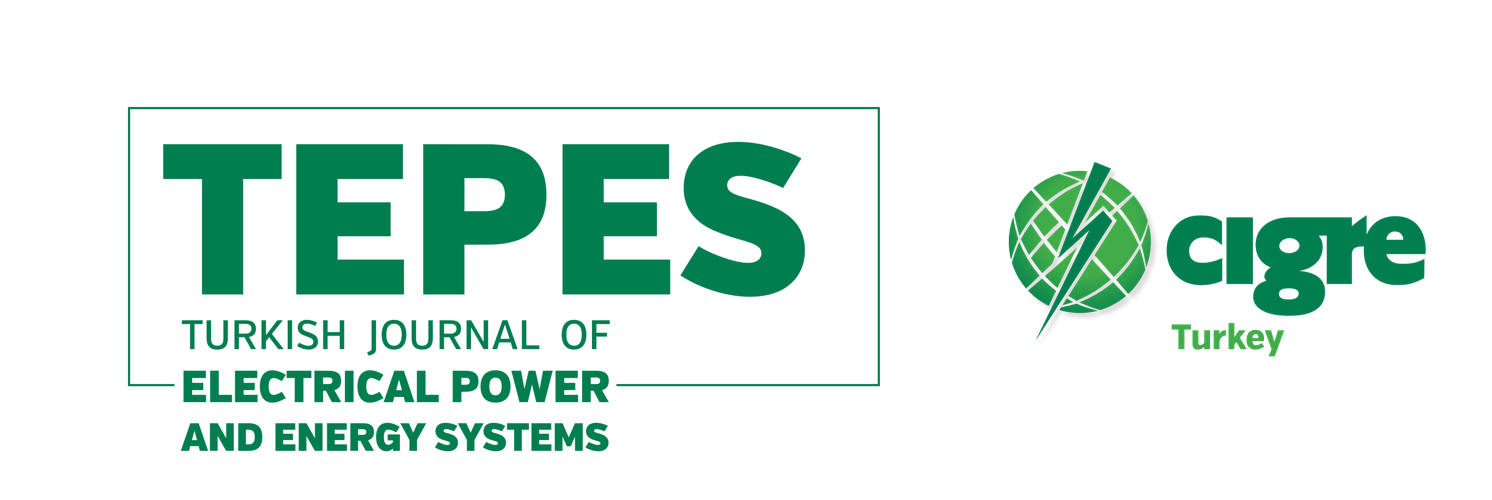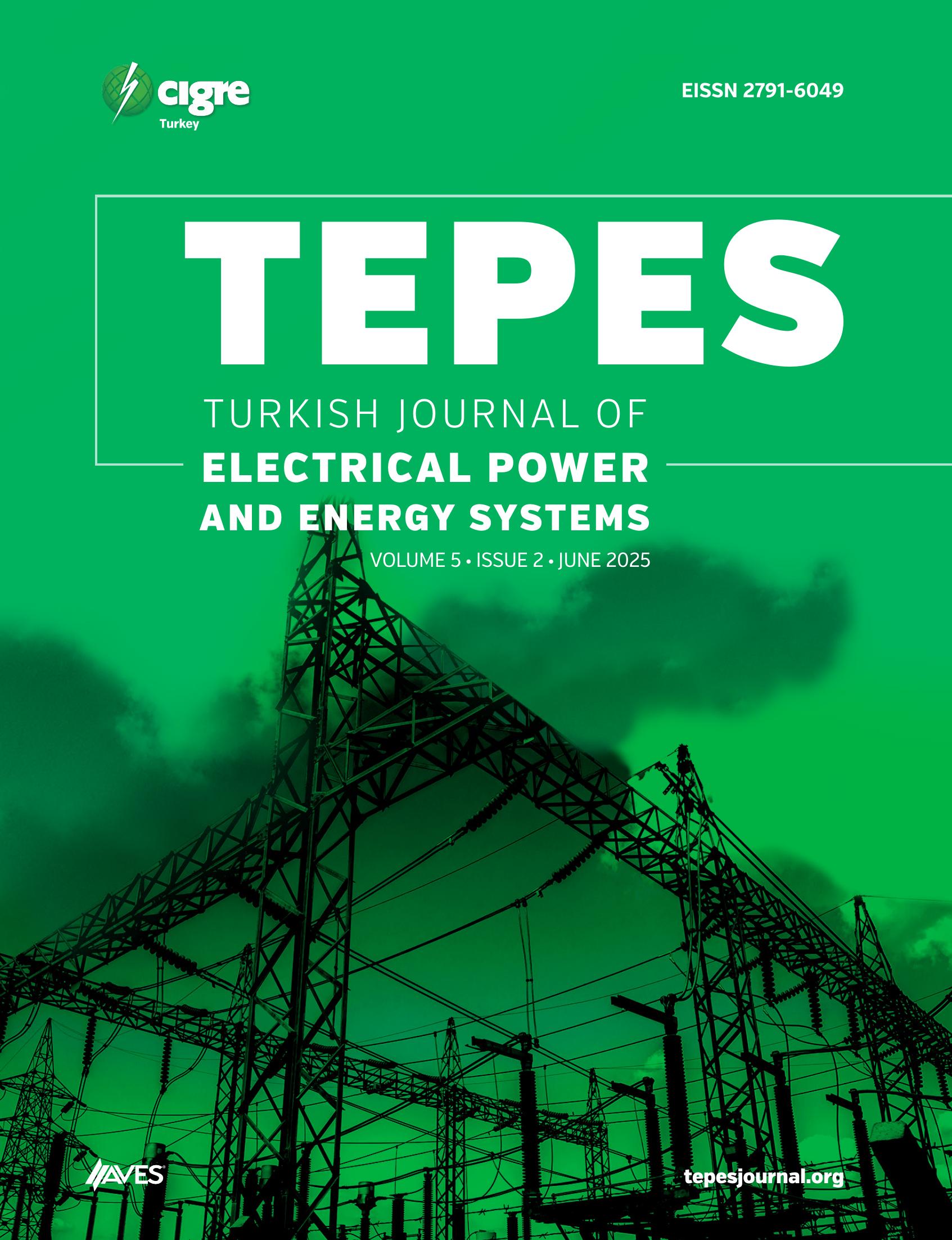Abstract
This study presents a comparative analysis of coupled and uncoupled inductors within an interleaved boost converter. The study includes the derivation of steady-state variables and magnetic equations for each inductor configuration. To mitigate input current ripple issues in the conventional boost converter, interleaving techniques are employed. Additionally, the volume concerns associated with interleaving are addressed through the application of inductor coupling techniques. An interleaved boost converter topology with an input voltage of 200 V, an output voltage of 400 V, and a power rating of 3700 W has been designed with different inductor configurations. The advantages and disadvantages of each configuration have been comparatively analyzed. The utilization of coupled inductors results in a more compact, efficient, and cost-effective design when contrasted with the uncoupled configuration. The magnetic flux densities of each inductor configuration are compared to evaluate performance outcomes. To ensure accurate core loss calculations in ANSYS Maxwell, core loss coefficients provided by the manufacturer were not directly used. Instead, new coefficients were derived by generating data sets at five different frequencies. The finite element method (FEM) is used for the analysis of the proposed inductors, and analytical loss calculations are validated.
Cite this article as: D. Ciftci, A. Akyildiz, B. Eren Ergun and M. Onur Gulbahce, “An analytical comparison of interleaved boost converters with different inductor configurations,” Turk J Electr Power Energy Syst., 2024; 4(3), 151-158.








